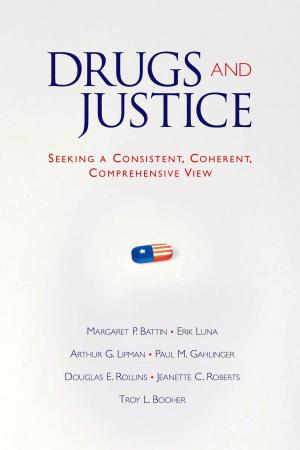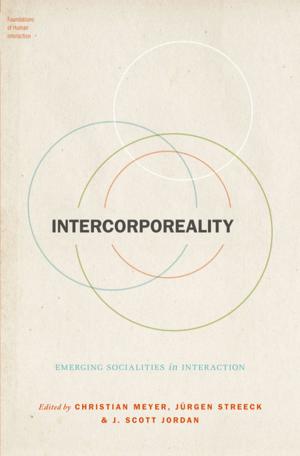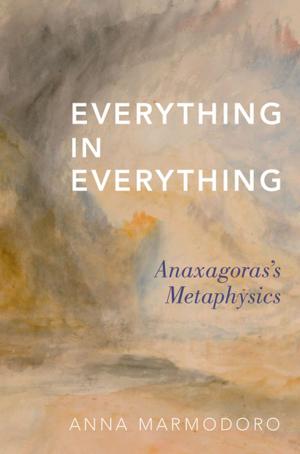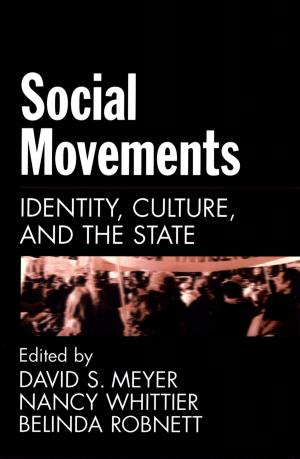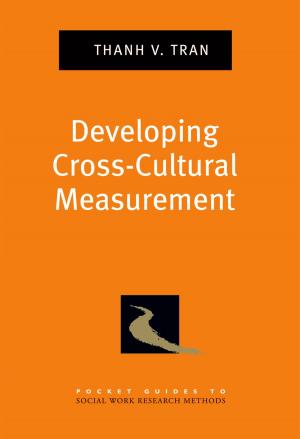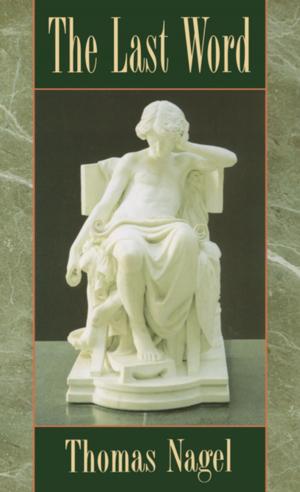| Author: | ISBN: | 9780190450687 | |
| Publisher: | Oxford University Press | Publication: | February 5, 2008 |
| Imprint: | Oxford University Press | Language: | English |
| Author: | |
| ISBN: | 9780190450687 |
| Publisher: | Oxford University Press |
| Publication: | February 5, 2008 |
| Imprint: | Oxford University Press |
| Language: | English |
Lament seems to have been universal in the ancient world. As such, it is an excellent touchstone for the comparative study of attitudes towards death and the afterlife, human relations to the divine, views of the cosmos, and the constitution of the fabric of society in different times and places. This collection of essays offers the first ever comparative approach to ancient Mediterranean and Near Eastern traditions of lament. Beginning with the Sumerian and Hittite traditions, the volume moves on to examine Bronze Age iconographic representations of lamentation, Homeric lament, depictions of lament in Greek tragedy and parodic comedy, and finally lament in ancient Rome. The list of contributors includes such noted scholars as Richard Martin, Ian Rutherford, and Alison Keith. Lament comes at a time when the conclusions of the first wave of the study of lament-especially Greek lament-have received widespread acceptance, including the notions that lament is a female genre; that men risked feminization if they lamented; that there were efforts to control female lamentation; and that a lamenting woman was a powerful figure and a threat to the orderly functioning of the male public sphere. Lament revisits these issues by reexamining what kinds of functions the term lament can include, and by expanding the study of lament to other genres of literature, cultures, and periods in the ancient world. The studies included here reflect the variety of critical issues raised over the past 25 years, and as such, provide an overview of the history of critical thinking on the subject.
Lament seems to have been universal in the ancient world. As such, it is an excellent touchstone for the comparative study of attitudes towards death and the afterlife, human relations to the divine, views of the cosmos, and the constitution of the fabric of society in different times and places. This collection of essays offers the first ever comparative approach to ancient Mediterranean and Near Eastern traditions of lament. Beginning with the Sumerian and Hittite traditions, the volume moves on to examine Bronze Age iconographic representations of lamentation, Homeric lament, depictions of lament in Greek tragedy and parodic comedy, and finally lament in ancient Rome. The list of contributors includes such noted scholars as Richard Martin, Ian Rutherford, and Alison Keith. Lament comes at a time when the conclusions of the first wave of the study of lament-especially Greek lament-have received widespread acceptance, including the notions that lament is a female genre; that men risked feminization if they lamented; that there were efforts to control female lamentation; and that a lamenting woman was a powerful figure and a threat to the orderly functioning of the male public sphere. Lament revisits these issues by reexamining what kinds of functions the term lament can include, and by expanding the study of lament to other genres of literature, cultures, and periods in the ancient world. The studies included here reflect the variety of critical issues raised over the past 25 years, and as such, provide an overview of the history of critical thinking on the subject.







